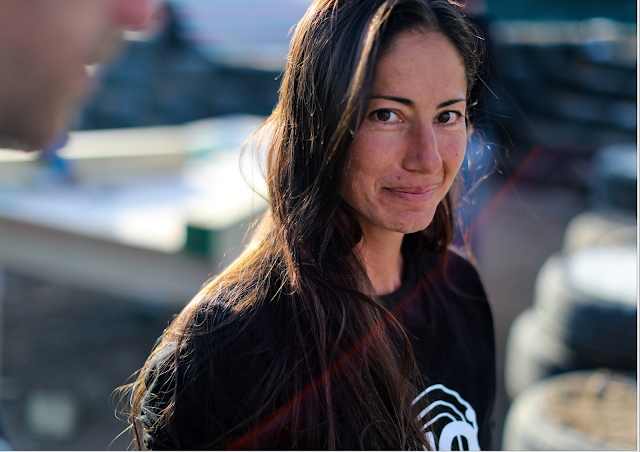In Colombia, the abandonment of used tires is a real environmental problem, and an original project has been set up in a rural area close to the capital, which both recycles the tires and meets the needs of the population. The idea is to transform these old tires into igloos, earthquake-resistant dwellings offering good thermal insulation.

Alexandra Posada
Alexandra Posada, an ecological activist and pioneer of this project, is organizing the construction of these dwellings in Choachi, some forty kilometers from Bogotá. The activist explains that tires have the advantage of being very long-lasting bricks, as they take thousands of years to decompose.
The insides of the tires are filled with soil so that they can form compact blocks weighing around 300 kilos, and different sizes of tire can be used, linked together by iron bars. This technique enables them to be installed on hillsides and to withstand the seismic tremors that are common in this region of the Andes. The roofs of these homes, made of cement for the bedrooms and kitchen and wood for the dining room, are then covered with tires instead of tiles. Alexandra Posada

The use of tires also helps to protect the environment, since in Colombia 5.3 million tires are discarded every year, representing around 100,000 tonnes of rubber. Francisco Gomez, in charge of this issue at the Ministry of the Environment, confirms that tires invade landfill sites, are set on fire, and become a source of pollution, particularly in Bogotá, a metropolis already suffering from pollution caused by heavy automobile traffic.
The problem of tire-related pollution is due in particular to recycling regulations which oblige tire industry players to recycle only around 35% of all tire materials, and to the absence of any obligation to collect tires abandoned in the streets with other waste.
The tires used in Choachi to build the igloos are not the only salvaged materials used in their manufacture, as the builders also use glass bottles in different colors for the openings to let in the light. Local craftsmen such as William Clavijo, a bricklayer, took part in the project, discovering the usefulness of reusing these materials, which were usually destined for landfill.




